Galangal: The Spicy Secret Behind Global Flavor Explosions!
If you've ever tasted a steaming bowl of Thai tom kha gai or an Indonesian rendang and wondered, 'What gives this dish such a fresh, spicy kick?', the answer is likelygalangal. But what exactly is galangal? And why does it play second fiddle to ginger on your spice rack?
In this article, we’ll unravel the mystery behind this rhizome superstar—what it tastes like, how it differs from its cousin ginger, and where in the world it’s making culinary waves. Along the way, you'll pick up handy kitchen hacks, storage tips, and even some flavor pairing secrets.
Table of Contents
- What Exactly Is Galangal?
- Galangal vs Ginger vs Turmeric: Spot the Difference
- A Global Spice Journey Through Time
- Where in the World Is Galangal Used?
- Pro Tips for Using Galangal Like a Chef
- Is Galangal Actually Good for You?
- How to Buy, Store, and Prep Galangal
- Final Thoughts: Unlocking the Magic of Galangal
What Exactly Is Galangal?
Galangal refers to several species within the Zingiberaceae (ginger) family, most commonly Alpinia galanga and Boesenbergia rotunda, with the former being the more widely used in cooking.
This knobby, light brown rhizome might look a bit like ginger at first glance, but don't be fooled—it's got a unique flavor profile that sets it apart:
- Bright citrusy notes
- Piney freshness (like a forest after rain)
- Slight peppery bite
Unlike ginger, which can be sweet and warming, galangal has a sharp, almost menthol-like quality that cuts through rich dishes beautifully.
Galangal vs Ginger vs Turmeric: Spot the Difference
It's easy to confuse these three rhizomes in the store—they all grow underground, have rough skin, and are common in Asian kitchens. But they’re as different as apples and avocados when it comes to flavor and use.
| Characteristic | Galangal | Ginger | Turmeric |
|---|---|---|---|
| Flavor | Fresh, piney, citrusy | Spicy, sweet, warm | Earthy, bitter, musky |
| Color | Creamy white flesh | Yellow/orange flesh | Bright orange flesh |
| Texture | Hard, fibrous | Softer, juicier | Dense, dry |
| Main Use | Thai curries, soups, stews | Baking, stir-fries, teas | Curries, rice dishes, health tonics |

A Global Spice Journey Through Time
Galangal isn’t just a modern kitchen curiosity—it’s been around for millennia! Here’s a quick historical tour of galangal’s global adventures:
- Ancient China: Used both medicinally and culinarily since at least 200 BC.
- Medieval Europe: Known as “greater galangal,” it was prized for its supposed magical properties and used in potions and love spells.
- India & Southeast Asia: A staple in Ayurveda and traditional healing systems, believed to aid digestion and reduce inflammation.
- Modern Thailand & Indonesia: Now a non-negotiable ingredient in countless regional dishes like tom yum soup, laksa, and rendang.
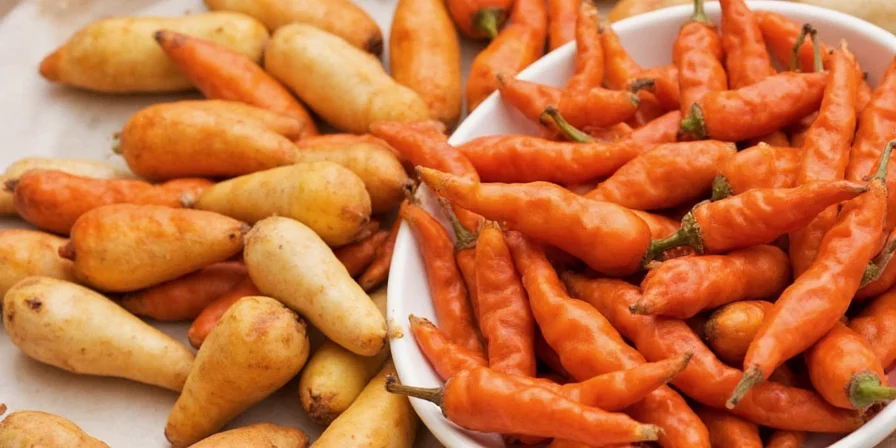
Where in the World Is Galangal Used?
Let’s take a culinary world tour to see where galangal reigns supreme:
Thailand
- Tom Yum Soup: Galangal adds that zesty edge to the broth.
- Masaman Curry: Balances sweetness with its earthy bite.
Indonesia
- Rendang: An essential ingredient in the spice paste (bumbu).
- Laksa: Lends warmth and depth to coconut-based broths.
Malaysia & Singapore
- Curry Laksa: Can’t miss that unmistakable herbal zing.
- Sup Kambing (Mutton Soup): Gives a bright contrast to the meaty richness.
Vietnam
- Pho Ga (Chicken Pho): Adds aromatic lift to the broth.
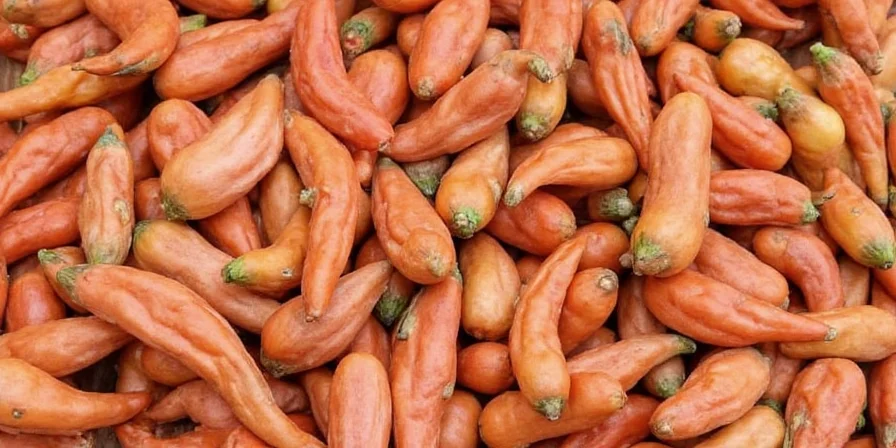
Pro Tips for Using Galangal Like a Chef
Ready to add some zing to your kitchen? Here are our top tricks for working with galangal:
- Don’t Mince It Raw: Unlike ginger, raw galangal can be too intense and woody to enjoy uncooked.
- Slice Thinly for Soups & Stews: This allows the flavor to infuse without being overwhelming.
- Add Early to Cooking: Its robust nature means it benefits from long simmering to release full aroma.
- Use Fresh or Frozen, Not Powdered: Dried or powdered versions lack that fresh, punchy flavor.
- Pair With Lemongrass & Lime Leaves: They enhance galangal’s natural brightness.
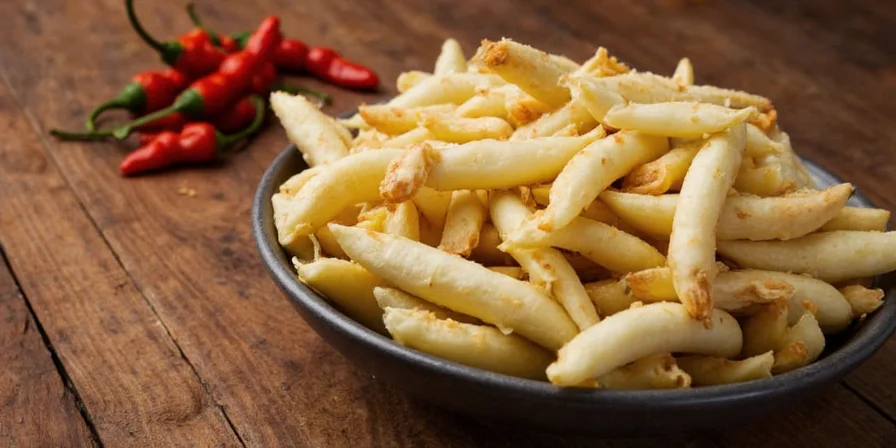
Is Galangal Actually Good for You?
While it may not be as studied as ginger or turmeric, early research suggests galangal might be a powerhouse of potential health benefits:
- Antioxidant Boost: Packed with compounds that help fight oxidative stress.
- Anti-Inflammatory Properties: Could help reduce swelling and joint pain.
- Digestive Aid: Traditional uses include easing stomach discomfort and bloating.
- Antibacterial Effects: Some lab studies suggest it may inhibit harmful bacteria.
Note: Always consult with a healthcare professional before using galangal—or any herb—for medicinal purposes.
How to Buy, Store, and Prep Galangal
You’ve decided to give galangal a try—great choice! Here’s how to get the best out of every root:
Buying Tips
- Look for firm, smooth rhizomes without soft spots or mold.
- Fresher galangal will have smoother skin and a brighter scent.
- If fresh isn’t available, frozen blocks work surprisingly well.
Storing Secrets
- Wrap in plastic and refrigerate for up to 2 weeks.
- For longer storage, slice thinly and freeze in a ziplock bag.
- You can also pickle small pieces in vinegar for future flavor boosts.
Prepping Pointers
- No need to peel—just scrub clean under running water.
- Slice into coins rather than mincing to avoid bitterness.
- Add directly to soups or curries while cooking; remove before serving.
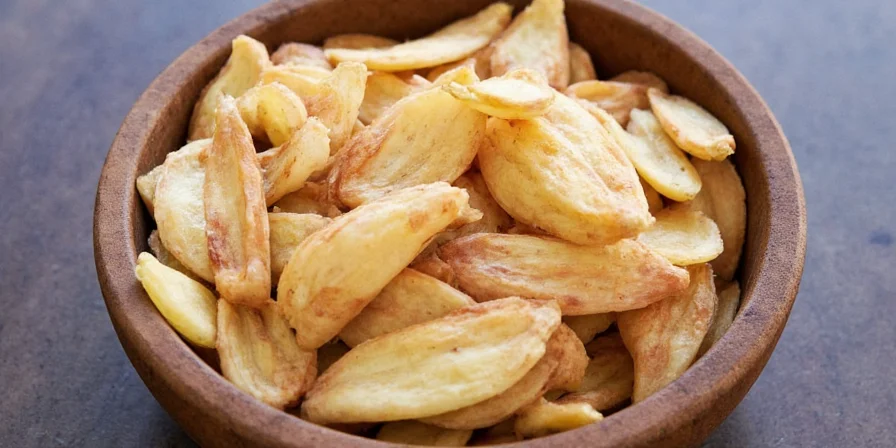
Final Thoughts: Unlocking the Magic of Galangal
Galangal may not be the first spice that comes to mind when you're planning dinner, but once you start experimenting with it, you’ll wonder how you ever cooked without it.
From its sharp, citrusy zing to its starring role in global cuisines, galangal is a true unsung hero of the spice world. Whether you're spicing up a homemade tom yum or adding complexity to a chicken stew, galangal brings boldness, brightness, and a touch of history to your plate.
So next time you're at the market, keep an eye out for this humble rhizome—and remember: a little goes a long way!
Quick Recap: Why Galangal Rocks
- Unique flavor: Piney, citrusy, and peppery
- Essential in Thai, Indonesian, and Vietnamese cuisine
- Better cooked than eaten raw
- Great paired with lemongrass and lime leaves
- Easy to store and use in many forms

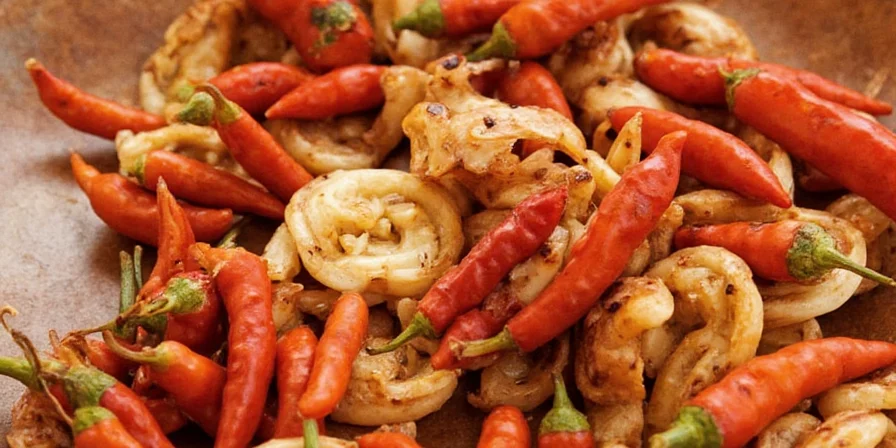









 浙公网安备
33010002000092号
浙公网安备
33010002000092号 浙B2-20120091-4
浙B2-20120091-4